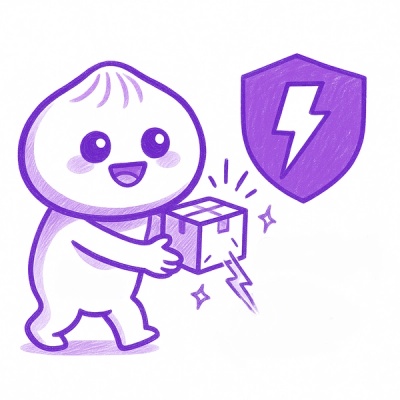
Research
/Security News
Weaponizing Discord for Command and Control Across npm, PyPI, and RubyGems.org
Socket researchers uncover how threat actors weaponize Discord across the npm, PyPI, and RubyGems ecosystems to exfiltrate sensitive data.
Small Canvas 2D viewport management.
Small and simple 2D viewport/camera management for Canvas named after the legendary English cinematographer Roger Deakins.
$ npm install deakins
This module is delivered as:
dist/index.mjsdist/deakins.umd.jsimport { deakins } from 'deakins';
const canvas = document.createElement(`canvas`);
const context = this.canvas.getContext(`2d`);
const camera = new Camera(context);
function loop() {
camera.begin();
// Look at point in space,
// or follow a character ...
camera.lookAt(10, 20);
// Zoom
camera.zoomTo(500);
// Etc ...
camera.end();
requestAnimationFrame(loop);
}
loop();
Moving the camera
camera.lookAt([x, y]);
camera.zoomTo(z);
Initializes a new Deakins camera instance.
Type: CanvasRenderingContext2D
type: number
default: 1000
This value is used to immitate a FOV camera effect as you zoom.
type: boolean
default: false
By defualt, everything scales based on the width of the canvas. When true, the aspect ratio is defined by the height instead.
type: LookAtMargins
default: {top: 0, right: 0, bottom: 0, left: 0}
Margins for all sides defined in screen space.
This is used if the lazy option in lookAt is true. If true, the camera only follows the look-at point when the point is within the margins defined in lookAtMargins.
Move the centre of the viewport to the location specified by the point.
Call this in the RAF loop to follow a player character for example.
camera.moveTo([11, 8]);
type: [number, number]
default: [0, 0]
type: boolean
default: false
Zoom to the specified distance from the 2D plane.
camera.zoomTo(500);
type: number
default: 1000
On each render pass call .begin() before drawing to set the right transforms.
Appropriate transformations will be applied to the context, and world coordinates can be used directly with all canvas context calls.
camera.begin();
// Draw stuff here
camera.end();
Call .end() when you're done drawing to reset the context.
type: [number, number]
Transform a point from world coordinates into screen coordinates - useful for placing DOM elements over the scene.
returns: [number, number]
Transform and return the world space coordinate of the current look at point.
Useful if you want to project clicks and other screen space coordinates into 2D world coordinates.
Call this in your resize handler to make sure the viewport is updated.
TypeScript conversion based on camera by Rob Ashton with minor tweaks. Added support for more options, lazy camera movements and slightly modified API.
MIT © Terkel Gjervig
FAQs
Small Canvas 2D viewport management
The npm package deakins receives a total of 4 weekly downloads. As such, deakins popularity was classified as not popular.
We found that deakins demonstrated a not healthy version release cadence and project activity because the last version was released a year ago. It has 1 open source maintainer collaborating on the project.
Did you know?

Socket for GitHub automatically highlights issues in each pull request and monitors the health of all your open source dependencies. Discover the contents of your packages and block harmful activity before you install or update your dependencies.

Research
/Security News
Socket researchers uncover how threat actors weaponize Discord across the npm, PyPI, and RubyGems ecosystems to exfiltrate sensitive data.

Security News
Socket now integrates with Bun 1.3’s Security Scanner API to block risky packages at install time and enforce your organization’s policies in local dev and CI.

Research
The Socket Threat Research Team is tracking weekly intrusions into the npm registry that follow a repeatable adversarial playbook used by North Korean state-sponsored actors.